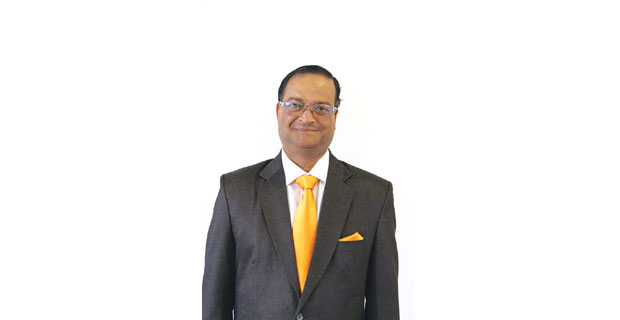My days in Trinidad and Tobago, a personal recollection
It was on a cool February morning of 2009 that ...
I was soon to discover, after landing on the balmy shores of the island, one of the 30-odd emerald islands floating in the blue waters of the Caribbean Sea like little pearls, that all islands had their own residual differences, in topography, composition of population, languages spoken, attitudes of inhabitants and above all, histories. Even the behaviour of the Indian Diaspora was very different from one place to the other. For example, the main difference between the Diasporas in Mauritius and Trinidad despite their near similarities in geography, population and percentage of Indian origin people, 5th or 6thgeneration descendants of the indentured workers who were brought in by colonial Britain all through the 19th and early 20th centuries to work on the sugarcane plantations, was their physical proximity to India which made a big difference in their aspirations to come closer to their ‘motherland’ in different ways, principally understanding and getting engaged in its culture, spirituality and religious ethos.
My more than 4 years stay in Trinidad and Tobago was extremely engaging and dynamic, right from day one. I could explore the immense diversities of the land—of ethnicity, colour, mannerisms, cultural practices and behaviours—and immerse in them. The melange that I experienced of the Trinbagonian way of life, their steel pan, soca, chutney music and carnival remain etched on my mind, perhaps forever. Though my focus as India’s representative was to primarily look after the interests of the Indian diaspora and local Indians (all that comprised about 42% of the total population) I was even keener to take bilateral relations to a new level by engaging the entire population in all our Mission’s activities. Thus an array of activities in cultural promotion through the Mahatma Gandhi Institute of Cultural Cooperation (MGICC, currently functioning from a 5-acre campus in Mt. Hope, perhaps the largest Indian cultural complex anywhere outside the country) and collaborating with the National Council for Cultural Cooperation (NCIC) in Diwali Nagar, a huge cultural space to assemble on Holi, Diwali and various other Indian and national holidays, trade fairs and exhibitions in a friendly and cooperative atmosphere. There were also the two premier Universities of West Indies and of Trinidad and Tobago with whom we built enduring relationships and initiated far-reaching projects to boost bilateral relations. Delivering talks on various aspects of Indian culture and heritage and the manifold spiritual and national dimensions became part of our public diplomacy. This was suitably aided by our own information vehicle, the bi-monthly publication ‘Yatra’, which in effect was a compendium of the Mission’s activities as well as featured articles on national and international events of importance. The cooperation which we received from the dynamic publisher of The India Empire in bringing out the issues in good time and disseminating them widely in India as well as in our Missions is extremely praiseworthy.











Comments.